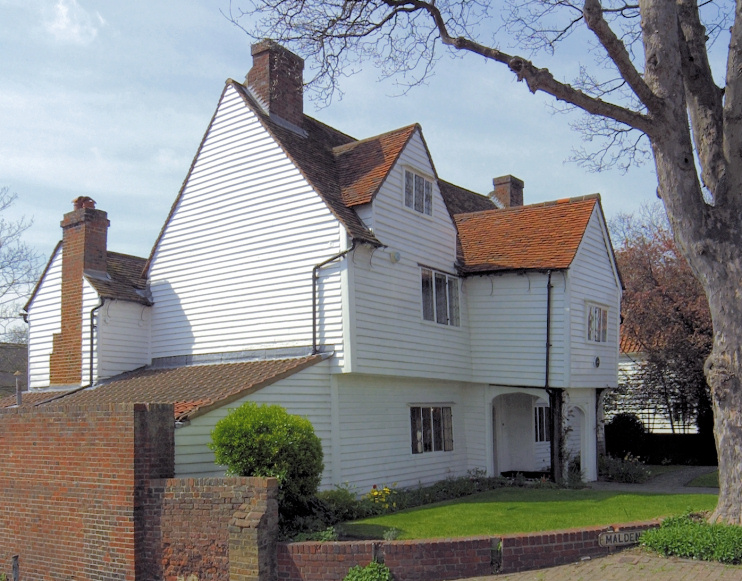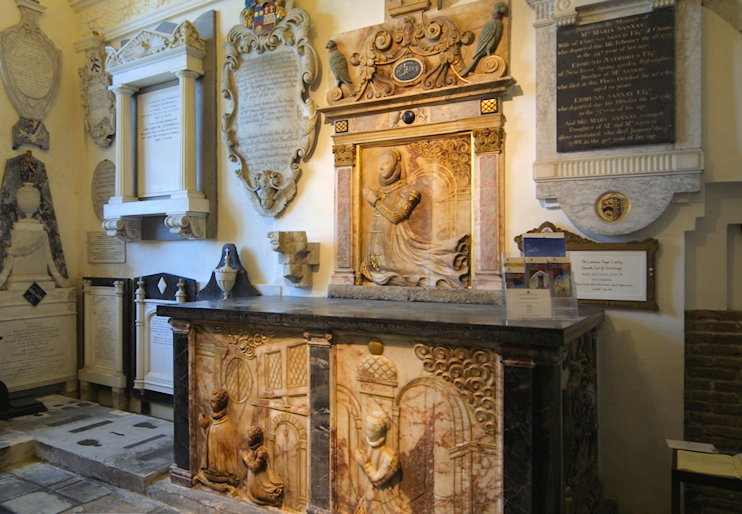Cheam
Cheam, Sutton
A favoured interwar suburb with some impressive older houses and cottages, situated west of Sutton

Cheam – a name that may be a corruption of two words meaning ‘village by the tree stumps’ – was granted to the cathedral priory of Christchurch, Canterbury in 1018 and a church built soon afterwards was dedicated to a former archbishop, St Dunstan. The village had around 150 inhabitants at the time of Domesday Book, when the archbishop owned five slaves.
By the 14th century Cheam had been split into east and west manors, each of which had its own village. East Cheam (later known as Lower Cheam) was the larger of the pair. From the 14th to the 16th century Cheam was known for its potteries, which specialised in making jugs. Whitehall was built on Malden Road around 1500 and is outer London’s finest remaining example of a medieval hall house. Shown in the photo above, the house was later extended and weatherboarded and is now open to the public.
Henry VIII acquired the manors of Cheam after commissioning the construction of Nonsuch Palace in the neighbouring parish of Cuddington in 1538.
Cheam school was founded sometime before 1646, and may have used either Whitehall or West Cheam manor house as its original home. The manor house was demolished in 1796. At the 1801 census, the 616 inhabitants were concentrated in three clusters: around Whitehall, around the church and on the High Street. On the north side of the parish, Cheam Common was enclosed by 1810.
When Cheam station opened in 1847, it had at first little effect on the character of the village. St Dunstan’s was rebuilt in 1864 but the chancel of the medieval church was preserved as the Lumley chapel. Shown in the photograph below, it is the borough’s oldest building.

By the outbreak of the First World War housing was spreading here from Sutton and in the 1920s the old village was overwhelmed by houses and shops, many built in mock-Tudor style. The High Street was blighted by road widening but a medieval cottage was saved by moving it to its present site on the Broadway in 1922.
The new district of North Cheam grew up to the east of Worcester Park in the 1930s. The suburb had largely assumed its present-day appearance by 1939, with terraced and semi-detached homes filling the north of the district and larger detached properties in the south.
Among the indicators of affluence in Cheam are very high proportions of owner-occupied homes and households with access to two or more cars. At an average 6.4 rooms per household, residents have more space than almost any other Londoners. Cheam also has a disproportionately large number of people aged over 60.
The poet Abraham Cowley died here in 1867.
The entertainer Harry Secombe lived in Cheam Road for 32 years and the second volume of his autobiography is entitled Strawberries and Cheam.
